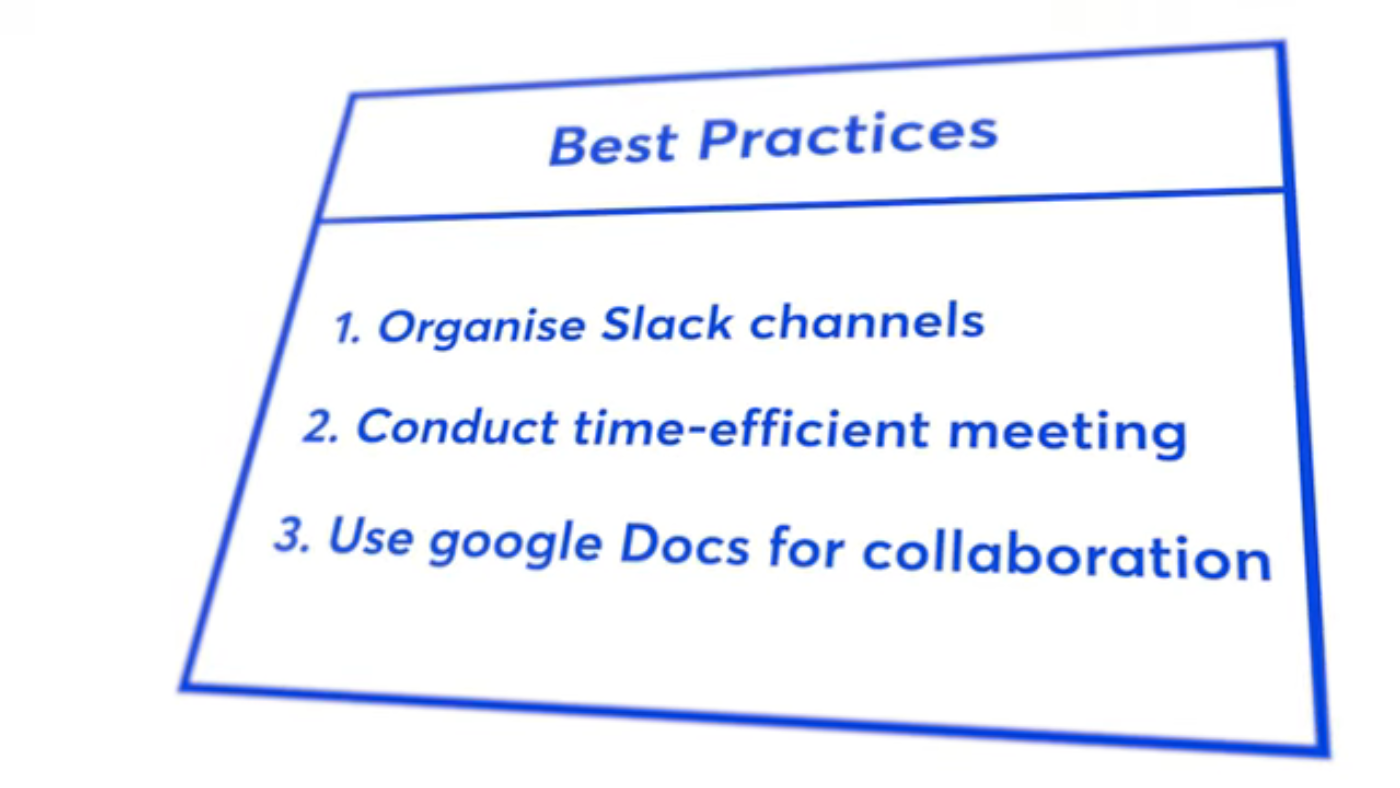How to Measure and Maximize Remote Team Productivity with SaaS Tools
Measuring and maximizing the productivity of remote teams is crucial for businesses to succeed in today's modern work environment. With the help of SaaS tools like Slack, Zoom, and Google Docs, companies can track key performance metrics, quantify the ROI of remote work, and leverage data-driven strategies to optimize team collaboration and efficiency. In this article, we will explore how to use these tools to measure and maximize remote team productivity.
Introduction to the New Era of Remote Work
 Introduction to the new era of remote work
Remote work has become a defining feature of modern business, offering flexibility and freedom. However, with this flexibility comes the challenge of ensuring that remote teams remain productive. To address this challenge, it's essential to measure what matters and track key metrics.
Introduction to the new era of remote work
Remote work has become a defining feature of modern business, offering flexibility and freedom. However, with this flexibility comes the challenge of ensuring that remote teams remain productive. To address this challenge, it's essential to measure what matters and track key metrics.
The Importance of Measuring Remote Team Productivity
 Importance of measuring remote team productivity
Measuring remote team productivity is crucial to ensure that teams are working efficiently and effectively. By tracking key metrics, businesses can identify areas for improvement, optimize workflows, and make data-driven decisions. Attendance in Zoom meetings, output in Google Docs, and engagement in Slack are essential metrics to track.
Importance of measuring remote team productivity
Measuring remote team productivity is crucial to ensure that teams are working efficiently and effectively. By tracking key metrics, businesses can identify areas for improvement, optimize workflows, and make data-driven decisions. Attendance in Zoom meetings, output in Google Docs, and engagement in Slack are essential metrics to track.
Using SaaS Tools to Measure Remote Team Productivity
 Using SaaS tools to measure remote team productivity
SaaS tools like Slack, Zoom, and Google Docs provide a powerful suite for managing remote work. These tools offer insights into team performance, communication, and collaboration, allowing businesses to make informed decisions. By leveraging these tools, companies can track key metrics, identify areas for improvement, and optimize workflows.
Using SaaS tools to measure remote team productivity
SaaS tools like Slack, Zoom, and Google Docs provide a powerful suite for managing remote work. These tools offer insights into team performance, communication, and collaboration, allowing businesses to make informed decisions. By leveraging these tools, companies can track key metrics, identify areas for improvement, and optimize workflows.
Real-World Examples of Remote Team Productivity
 Real-world examples of remote team productivity
Companies like Shopify and Doe have leveraged SaaS tools to measure and enhance remote team productivity. By tracking key metrics and using data-driven approaches, these companies have achieved significant productivity gains. For instance, Shopify saw a significant increase in project completion rates by optimizing Slack communication and tracking document output in Google Docs.
Real-world examples of remote team productivity
Companies like Shopify and Doe have leveraged SaaS tools to measure and enhance remote team productivity. By tracking key metrics and using data-driven approaches, these companies have achieved significant productivity gains. For instance, Shopify saw a significant increase in project completion rates by optimizing Slack communication and tracking document output in Google Docs.
Building a Data-Driven Remote Culture
 Building a data-driven remote culture
Building a data-driven remote culture is essential for continuous improvement. By setting clear goals, tracking relevant metrics, and using insights from SaaS tools, businesses can make informed decisions that foster collaboration and drive productivity.
Building a data-driven remote culture
Building a data-driven remote culture is essential for continuous improvement. By setting clear goals, tracking relevant metrics, and using insights from SaaS tools, businesses can make informed decisions that foster collaboration and drive productivity.
Maximizing the ROI of Remote Work
 Maximizing the ROI of remote work
Maximizing the ROI of remote work is essential for sustaining its benefits. By understanding and tracking key productivity metrics, using SaaS tools effectively, and fostering a data-driven culture, businesses can ensure that their remote work investment yields significant returns.
Maximizing the ROI of remote work
Maximizing the ROI of remote work is essential for sustaining its benefits. By understanding and tracking key productivity metrics, using SaaS tools effectively, and fostering a data-driven culture, businesses can ensure that their remote work investment yields significant returns.
Best Practices for Remote Team Productivity
 Best practices for remote team productivity
To maximize remote team productivity, businesses should implement best practices such as organizing Slack channels, conducting time-efficient Zoom meetings, and using Google Docs for collaborative project management. By implementing these strategies, companies can ensure that their remote teams remain productive and efficient.
Best practices for remote team productivity
To maximize remote team productivity, businesses should implement best practices such as organizing Slack channels, conducting time-efficient Zoom meetings, and using Google Docs for collaborative project management. By implementing these strategies, companies can ensure that their remote teams remain productive and efficient.
Conclusion
 Conclusion
In conclusion, measuring and maximizing remote team productivity is crucial for businesses to succeed in today's modern work environment. By leveraging SaaS tools like Slack, Zoom, and Google Docs, companies can track key metrics, identify areas for improvement, and optimize workflows. By building a data-driven remote culture and implementing best practices, businesses can ensure that their remote teams remain productive and efficient, yielding significant returns on their remote work investment.
Conclusion
In conclusion, measuring and maximizing remote team productivity is crucial for businesses to succeed in today's modern work environment. By leveraging SaaS tools like Slack, Zoom, and Google Docs, companies can track key metrics, identify areas for improvement, and optimize workflows. By building a data-driven remote culture and implementing best practices, businesses can ensure that their remote teams remain productive and efficient, yielding significant returns on their remote work investment.
